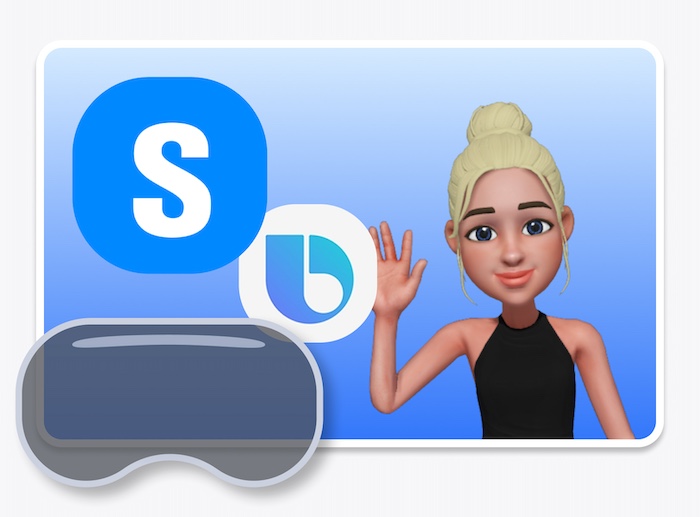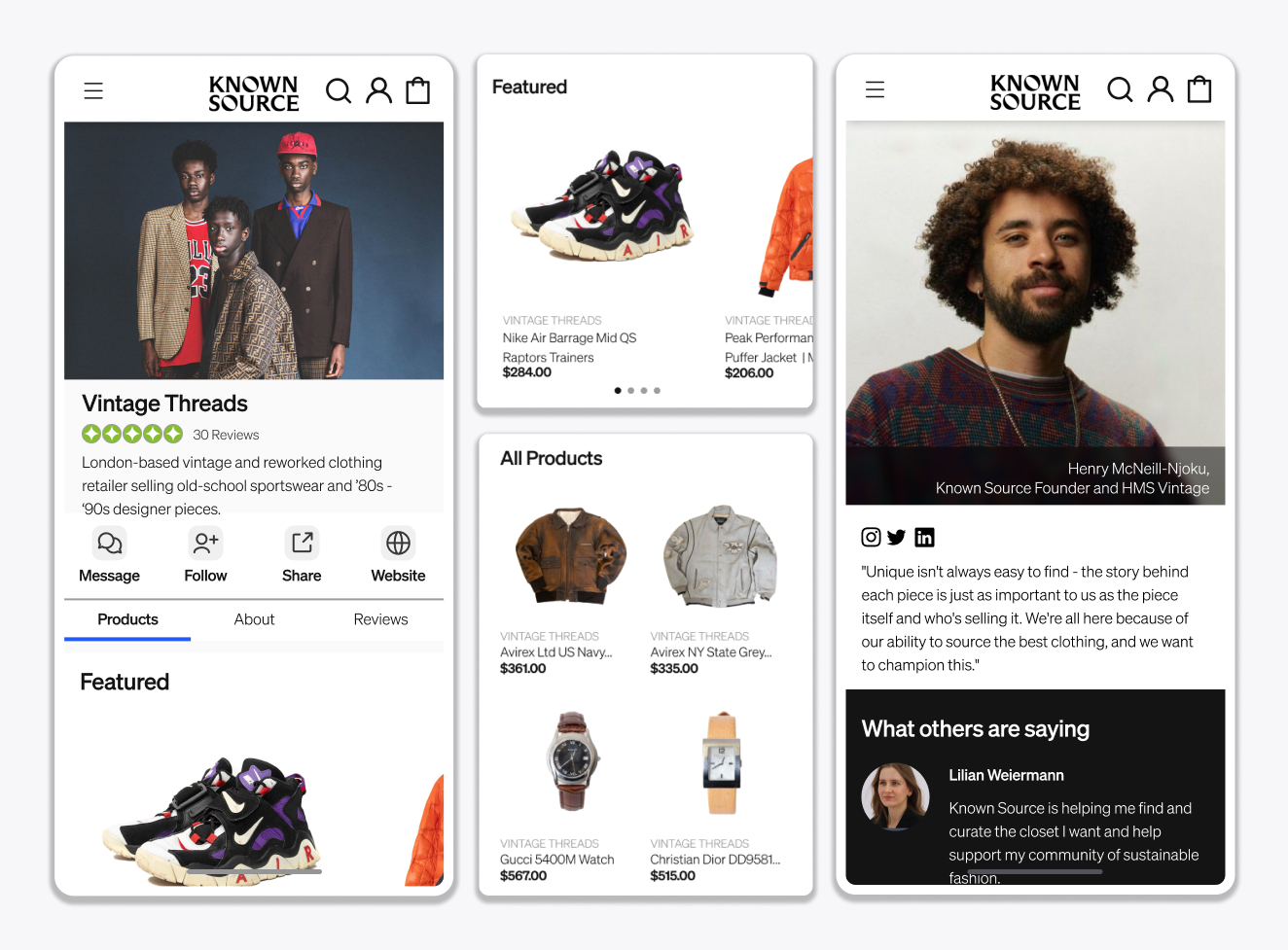E-Learning Chemistry App
Designing better education experiences.
E-Learning virtual reality application to help university students learn physical chemistry.
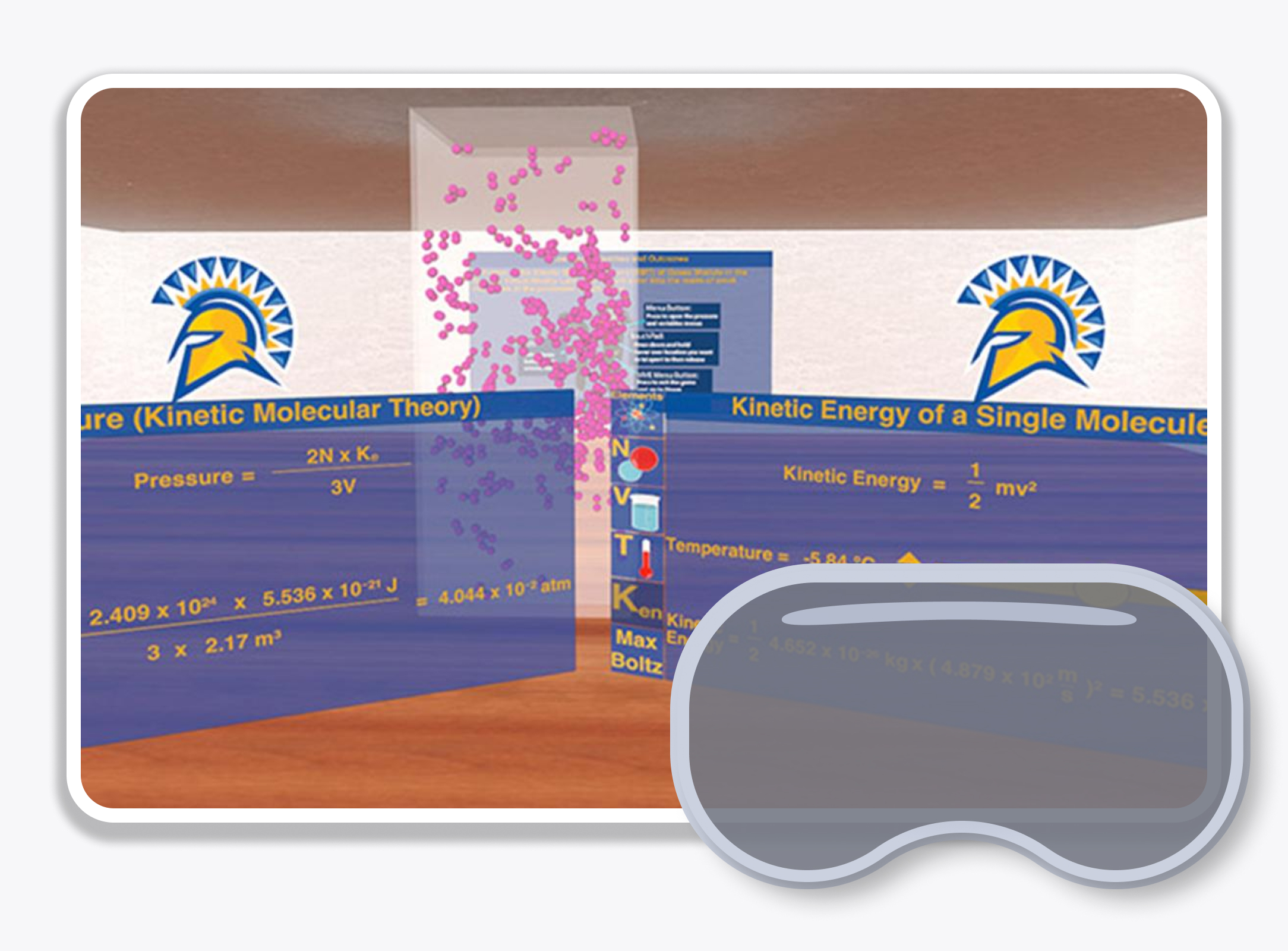
Role
Product Designer
Date
2019
(5 months)
Tools
Unity
Maya
Adobe Creative Cloud
Google Suite
Links
Overview
In partnership with Professor Abraham Wolcott, San Jose State University's E-Campus, our team was tasked to create an educational tool to help students better understand Physical Chemistry principles and formulas.
This immersive tool aims to elevate student comprehension and engagement in this challenging subject.
My Role
I was ux designer on a team of 1 designers, 2 engineers, 2 leads, and 2 stakeholders. I was in charge of the user experience, user interface and designing the assets.
Where my team joined the team
My team was given a prototype and a concept to work with, we were tasked to bring the prototype up and running to be used in the curriculum for the incoming spring class.

Design Process

Challenge
CHEM 160 - Physical Chemistry is rated one of the highest fail rate courses in the Chemistry department.
How might we take formulas and make them easier to understand?
- Gases and Ideal Gas Law
- Kinetic Molecular Theory
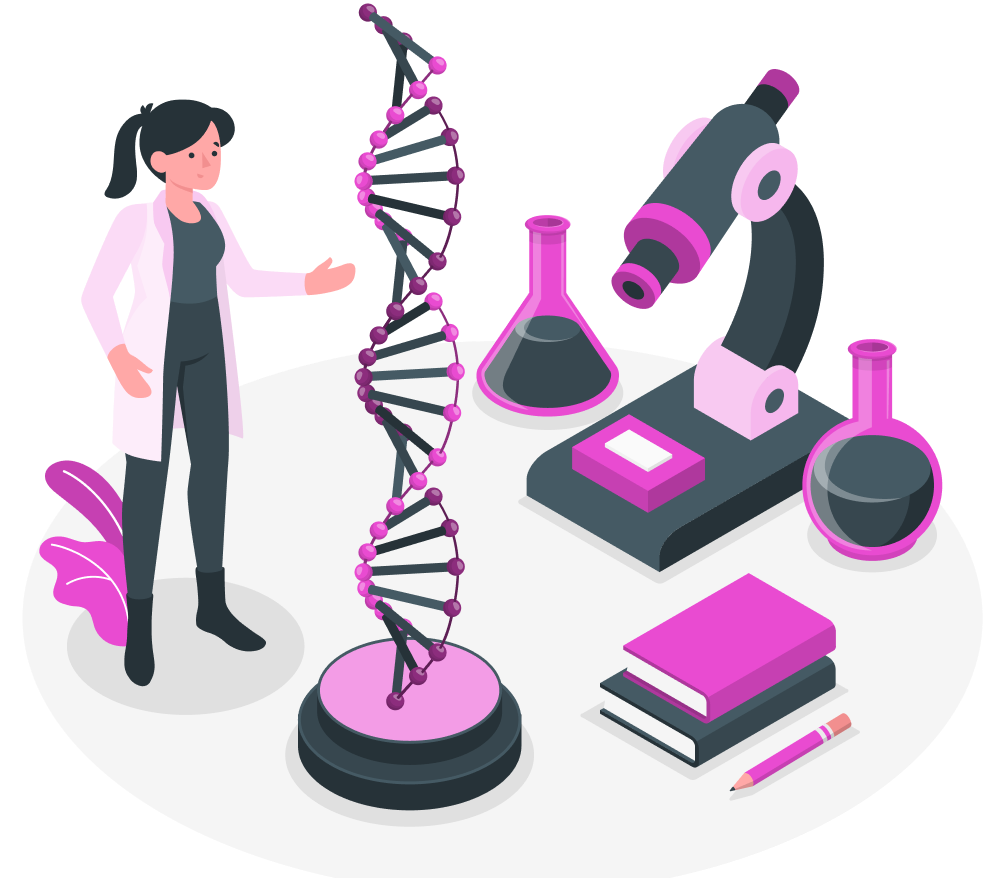
Understanding Problems
Research Methodologies
- Interviews
- Surveys
- Secondary Research
Interviewing our stakeholder, subject matter expert was essential to understand
- learning outcomes
- specifics of how the formulas interacted with specific variables and the foundation of the course
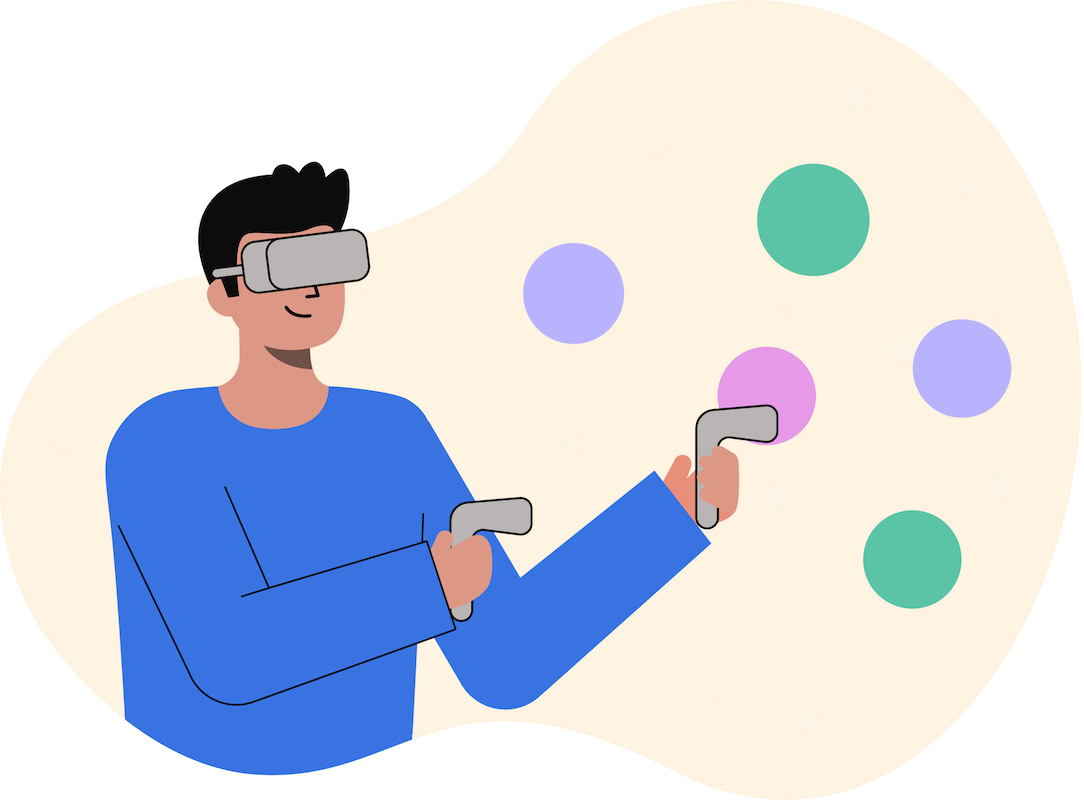
Learning Goals
Demonstrating how Gases and Ideal Gas Law and Kinetic Molecular Theory interacted.
Platform
Students had two options to run the application
- VIVE headset for on campus use
- mobile headsets for check out at home
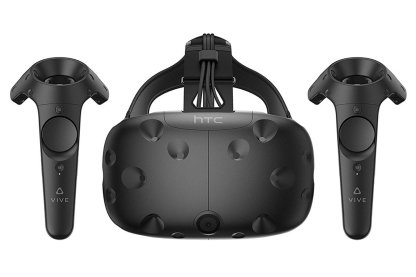
VIVE VR headset
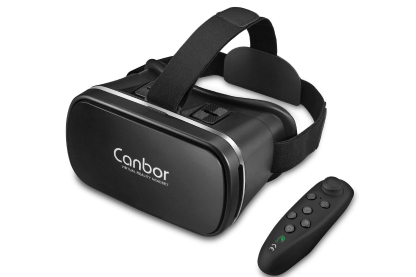
Canbor Mobile VR headset w/ controller
Technical Requirements and Constraints
Requirements
The application was designed to be platform agnostic.
Technical Considerations
The design was informed by students using the mobile version of our application. Since the primarily use case was mobile we had to focus on design considerations for the user base.
The space was created with minimal complexity, this was decided so minimize potential delay that would cause motion sickness.
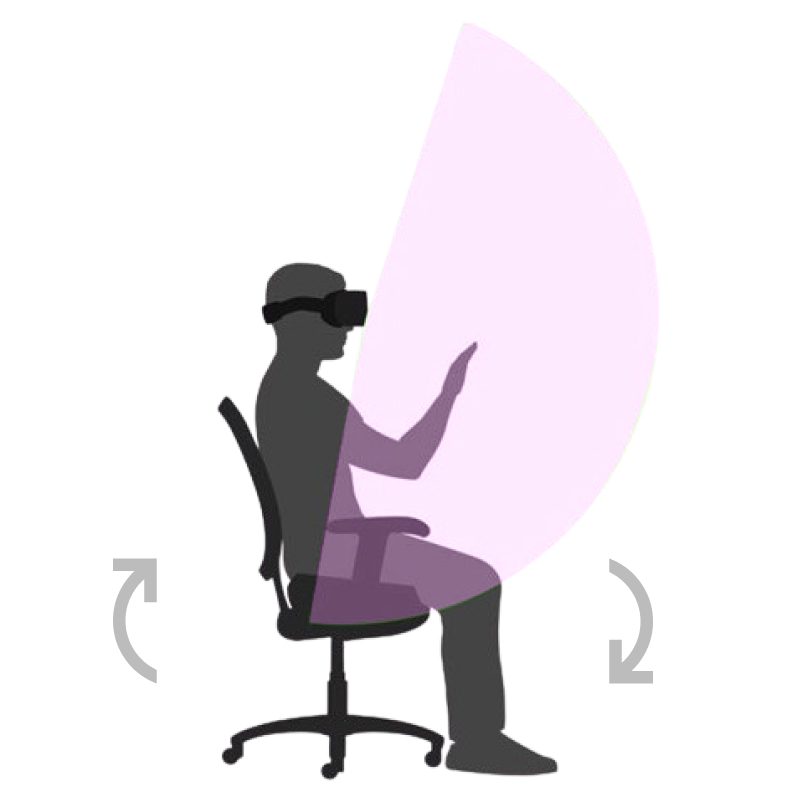
Students would sit in swivel chairs to reduce motion sickness when using phone based VR.
Design
Understanding through interaction
Relationship between volume, temperature, and pressure
Userflow

Final Design
UI icons
Each variable is managed in its own tab.

Volume

Kinectic Energy

Elements

Temperature
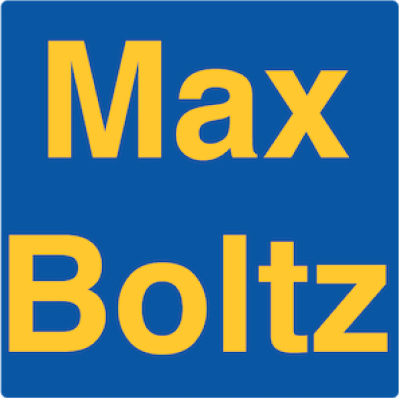
Max Boltz
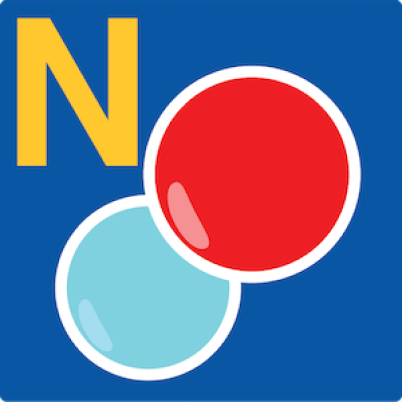
Number of Particles
Simulation Visualization
Adjust variables with sliders to see how it affects the chamber
- Change the periodic element and temperature to see how the particles move and change color.
- Change the volume of the container and see the particles slow down or speed up.
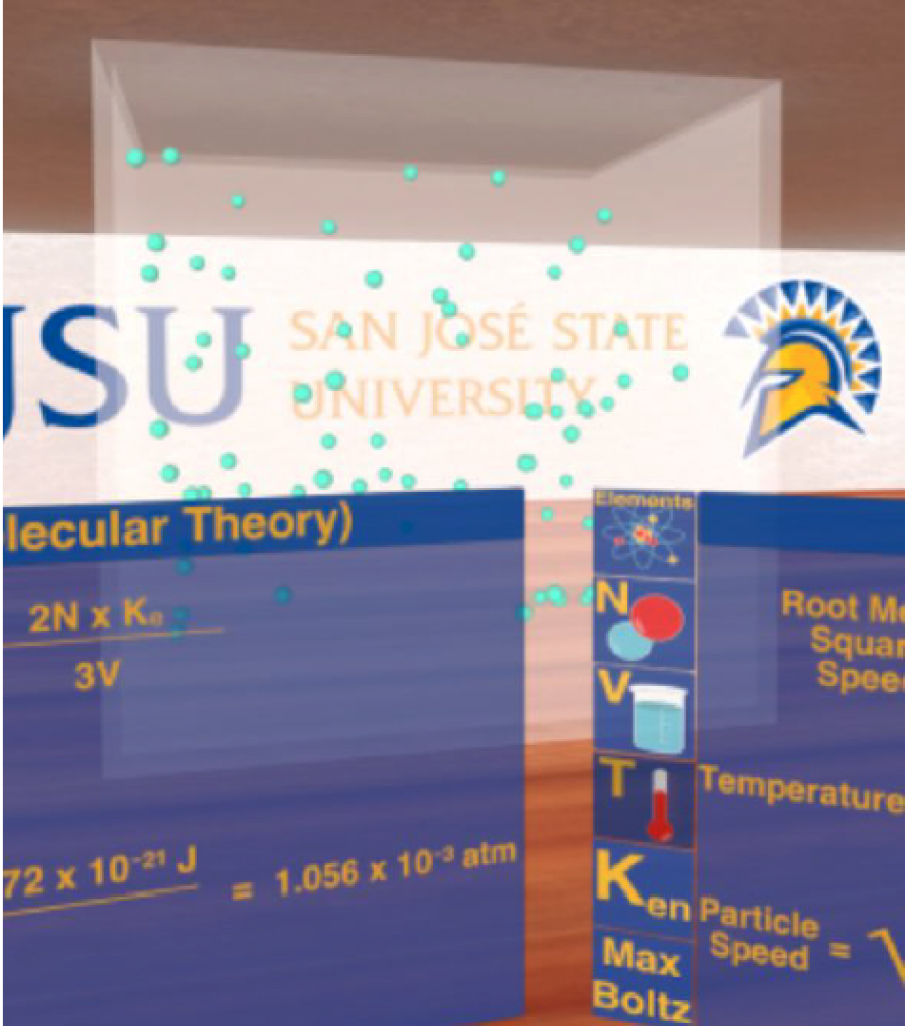
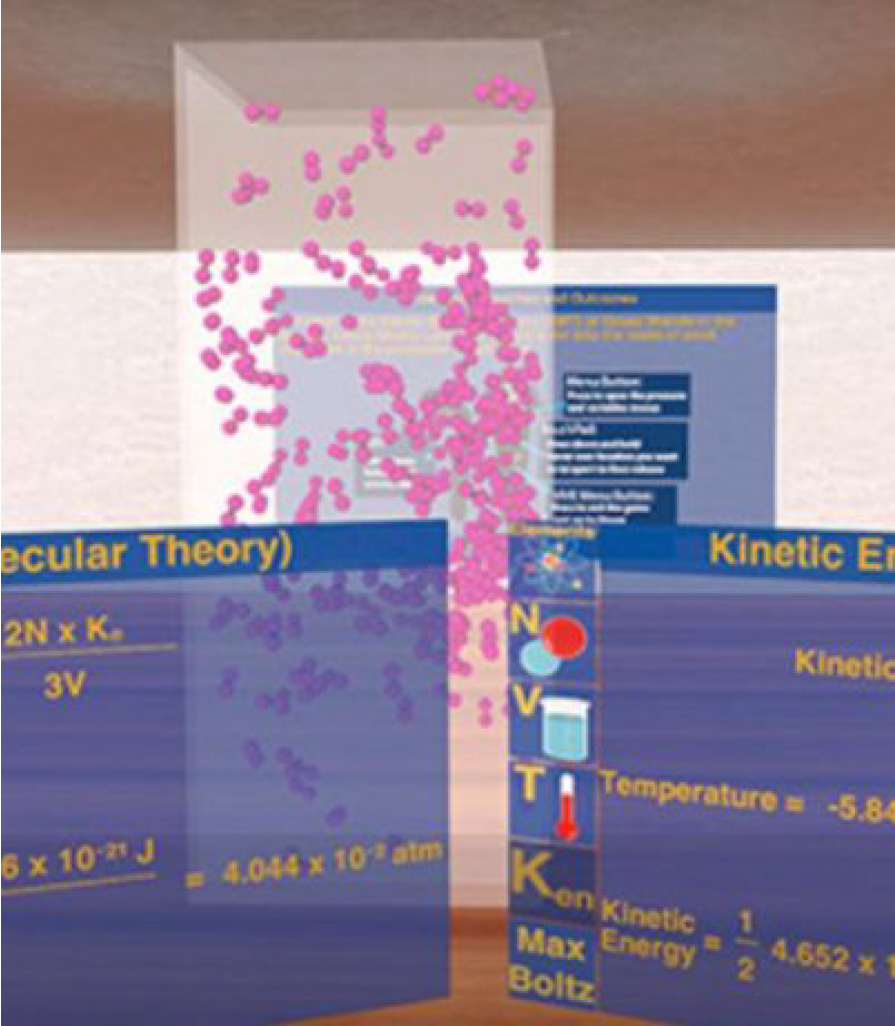
Light and Dark Mode
Toggle to dark mode to ease your eyes.

Light Mode

Dark Mode
Onboarding Guide
As part of the application, I created a “how to” guide for students to set up the VR headset
Postmortem
Our team presented the application to our client and he loved it. We ran a beta test with that semester’s students to see how they would feel about the application. The students received it well.
The clients decided to integrate the about page first as it strengthen their credibility and humanize the company.
Reflection
The project was a great experience using virtual reality to help explain difficult concepts. I learned how to advocate for designs and negotiate designs choices.
I was able to learn how to work educational concepts and engineers creating an E-Learning course.
Where I left Chem VR
We successfully completed the application and ran a pilot test with the current CHEM 160 class. The application officially launched for Spring 2020.
What I would do next
I would have worked to add modules to test students in the interactive space.
Future
In 2021, the project was awarded $1 million of funding to add more learning modules.
